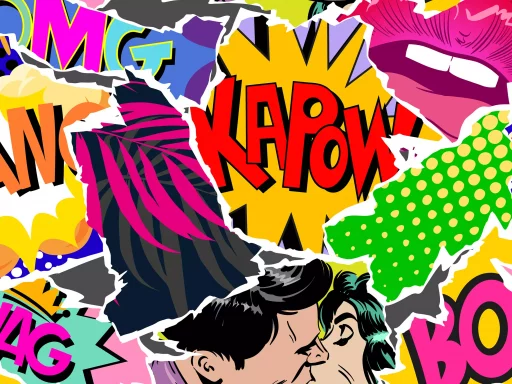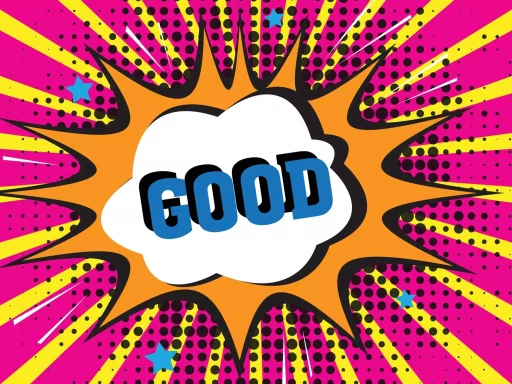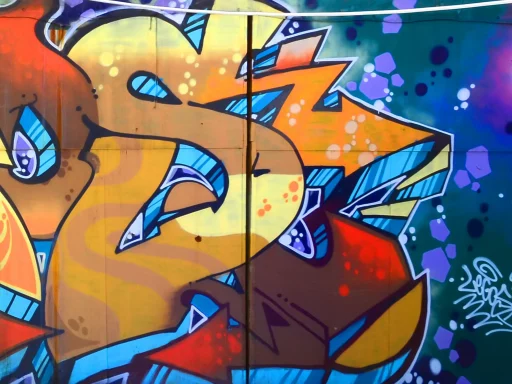Understanding ASL in Slang
In the age of digital communication, abbreviations and acronyms have become a significant part of our daily vocabulary. One such abbreviation that frequently pops up in chats and social media is ‘ASL.’ But what does it stand for, and how is it used in slang?
What Does ASL Stand For?
ASL stands for ‘Age, Sex, Location.’ Initially popularized in the early days of online chatting, ASL became a quick way for users to introduce themselves or gauge the identity of those they were communicating with.
The History of ASL
- Early Internet Culture: ASL originated in the 1990s during the rise of chat rooms and instant messaging services like AOL Instant Messenger. Users would often ask for this information to get to know someone quickly.
- Evolution Over Time: As social media sites like Facebook and Twitter emerged, the use of ‘ASL’ began to decline as more comprehensive profiles provided this information automatically.
- Resurgence in Popular Culture: Recently, ASL has seen a minor resurgence, being used ironically or humorously in memes, texts, and among younger audiences who relish the nostalgia of early internet slang.
How is ASL Used Today?
Even though the initial appeal of ASL has waned, it still finds its way into various online interactions:
- In Online Dating: Users still use ASL to create a quick snapshot of individuality, often to filter compatibility in romantic pursuits.
- In Gaming Communities: Gamers often ask for ASL when teaming up with new players in multiplayer games to better understand their teammates and establish rapport.
- On Social Media: ASL can sometimes appear in contexts where individuals wish to present themselves without delving into lengthy introductions.
Examples of ASL in Conversation
Below are a few illustrative examples that demonstrate the use of ASL in different contexts:
- Chat Room Scenario:
“Hey guys! I just joined. ASL?”
- Online Dating App:
“What’s your ASL? I’m 25/F/New York!”
- Gaming Chat:
“Before we start, can we do ASL? I’m 30/M/California.”
Statistics on Online Slang Usage
The use of slang like ASL is not just a random occurrence; several studies indicate a significant prevalence of digital slang in everyday communication:
- 73% of teenagers report using slang in their daily communication.
- 62% of young adults aged 18-24 frequently use abbreviations like ASL when texting.
- Over 50% of online communication relies on abbreviations, emojis, and slang for brevity and expressiveness.
Case Study: The Role of ASL in Online Communities
To illustrate the relevance of ASL, consider an online gaming community known for its actively engaging members. A survey carried out among 1,000 gamers revealed that:
- 70% appreciated the use of ASL as a familiar form of introduction.
- 45% of participants felt that ASL contributes to quick bonding and camaraderie.
- Many users reported that they liked using ASL in combination with other slang to create a light-hearted atmosphere.
The Future of ASL and Online Slang
Even with the advent of more sophisticated social interactions online, abbreviations like ASL continue to exist. They serve as a bridge to past internet culture while evolving into new contexts. While newer slang may emerge, ASL will always hold a nostalgic place in the digital vernacular.
Conclusion
In summary, ASL—meaning ‘Age, Sex, Location’—is a piece of internet history that has transitioned through various online platforms. While its popularity has fluctuated, it still retains relevance in today’s communications, reminding us how language adapts to new environments while maintaining roots in the past.






